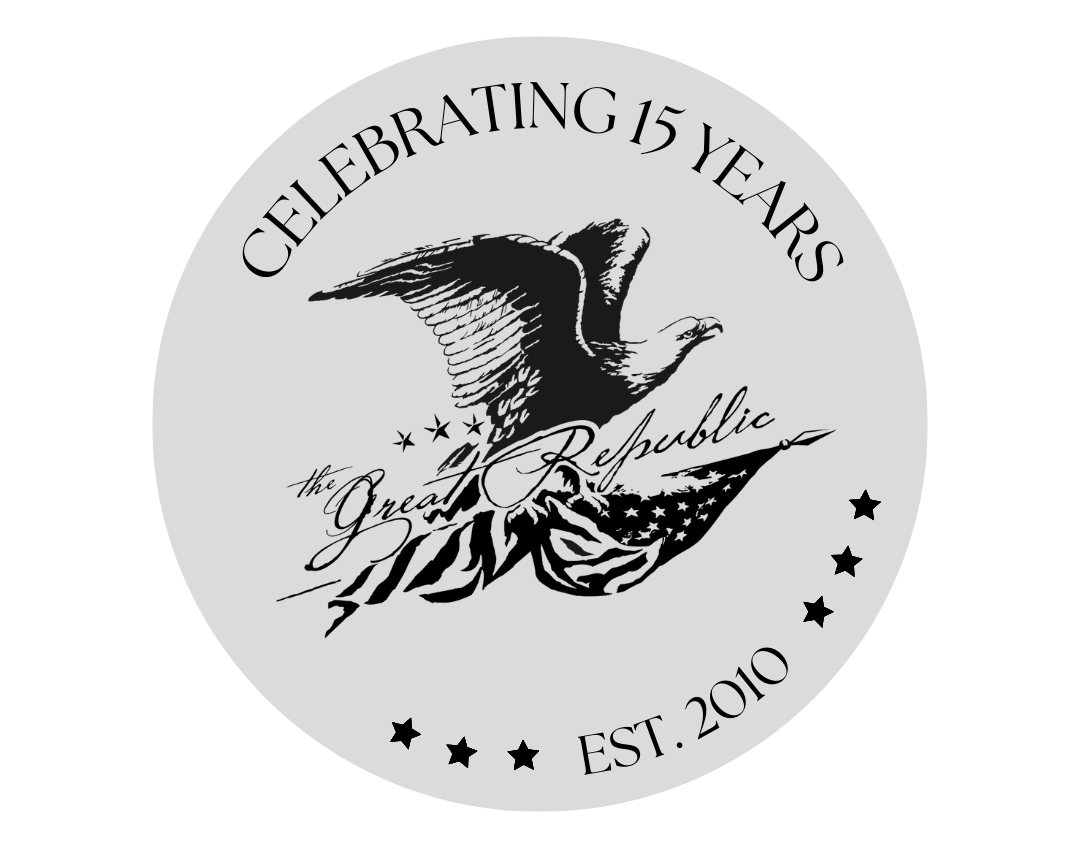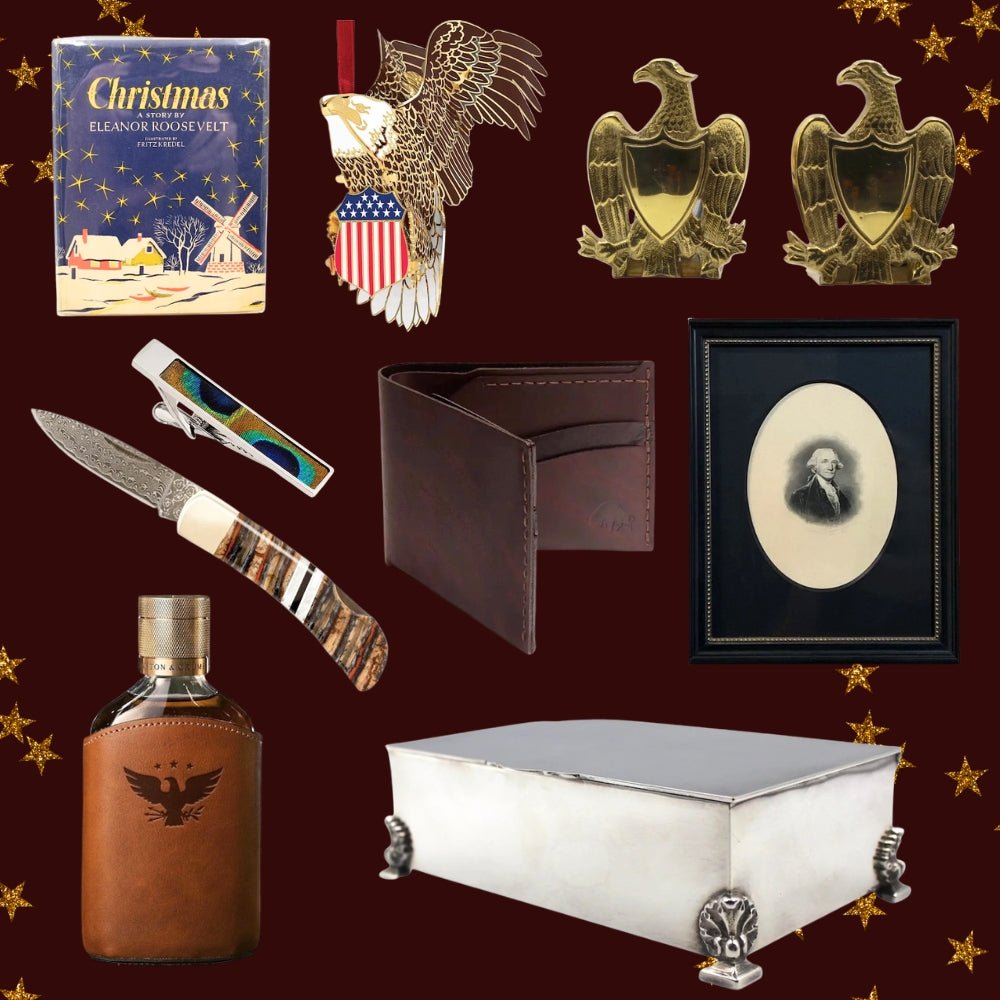Bleeding Kansas: The Eve of the Civil War
By the mid 19th century, the United States was rapidly expanding its borders westward. The young country nearly doubled its land with the Louisiana Purchase of 1803, and by 1854, Congress heavily debated how to organize the Kansas and Nebraska Territories. The land was coveted by many for its farmland and potential for access via the Transcontinental Railroad.
Despite opposition from Congress, the Kansas-Nebraska Act was passed in 1854, giving Kansas and Nebraska territories each the right to decide whether or not to permit slavery when they joined the Union. Illinois senator Stephen Douglas proposed the amendment that repealed the Missouri Compromise, which had outlawed the extension of slavery north of the 36º 30’ parallel (except in Missouri itself). With the Kansas-Nebraska Act, the territories became beholden to “popular sovereignty,” the idea that the people of federal territories should decide for themselves, which would have a direct impact on slavery in the forming country.
Southerners saw the opportunity to create two slave states out of Kansas and Nebraska. While there was no debate over the issue in Nebraska, as it was filled with settlers from Minnesota and Iowa where there was no slavery, in Kansas, the situation was much different. Many Northerners and Southerners rushed to Kansas in 1854 and 1855 to fill the state with anti-slavery or pro-slavery settlers to influence the slavery status of the future state. In an effort to ensure that their respective side would win, both Southerners and Northerners reverted to violence. This resulted in what became known as "Bleeding Kansas," a mini civil war that erupted in Kansas in 1856.
Outbursts of extreme violence occurred between pro-and anti-slavery forces. During one such event, a group of pro-slavery settlers stormed the Free State stronghold of Lawrence on May 21, 1856, destroying property, looting, and setting fire to a hotel. In response, the now known abolitionist John Brown took to the streets just days later, inciting violence himself and killing five pro-slavery men. The event sparked a ripple-effect of violence, drawing national attention and retaliation.
The tension in Kansas was at the forefront of debate and controversy during the 1858 Senate race for election in Illinois, in which Republican Abraham Lincoln faced Stephen Douglas for the seat. Although Lincoln lost the race, the debates, as documented in this limited edition printing of Political Debates Between Hon. Abraham Lincoln and Hon. Stephen A. Douglas, helped establish him as a forerunner for political office in the future.
In July of 1859, five years after the Kansas-Nebraska Act was passed, a free state constitution was drafted at a convention in Wyandotte. It took until October of 1859 for the constitution to finally be approved, though it was adamantly opposed by pro-slavery forces, and fought in the Senate. Only in 1861, after states began to secede and senators left their seats, did the Senate finally have the numbers to pass the Kansas bill. Kansas was admitted to the Union as a free state on January 29, 1861, barely three months before the Civil War began.
Bleeding Kansas served as a precursor to the American Civil War. During the War, Kansas continued to be hit hard with violence and death- Kansas had the highest fatality rate of any Union state, largely attributed to internal conflict over the issue of slavery. This 34-star flag celebrates Kansas statehood. It is very rare for its canton design, and the fact that so few Kansas statehood flags would have been made when Confederate states were actively seceding during the same period.








